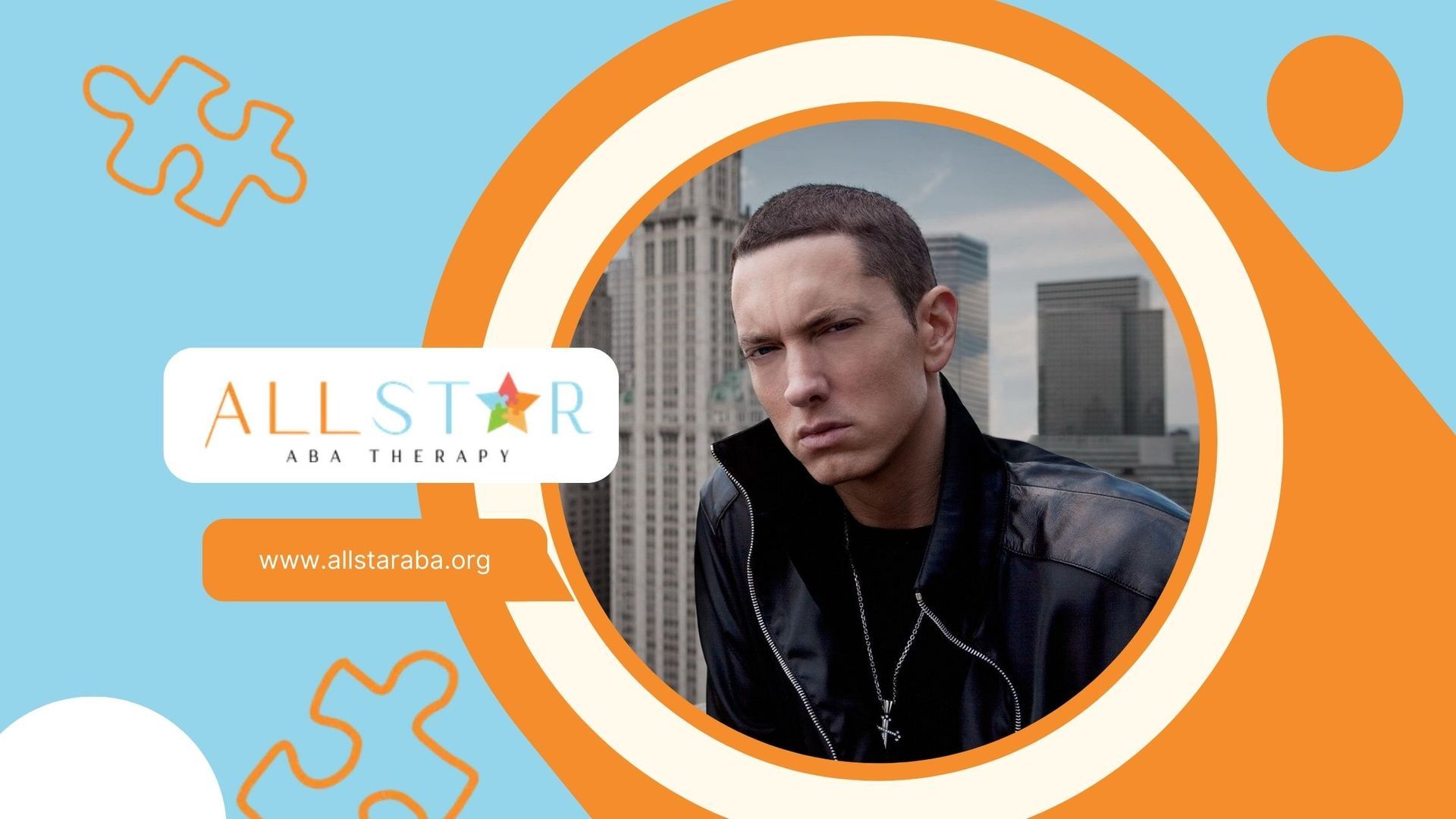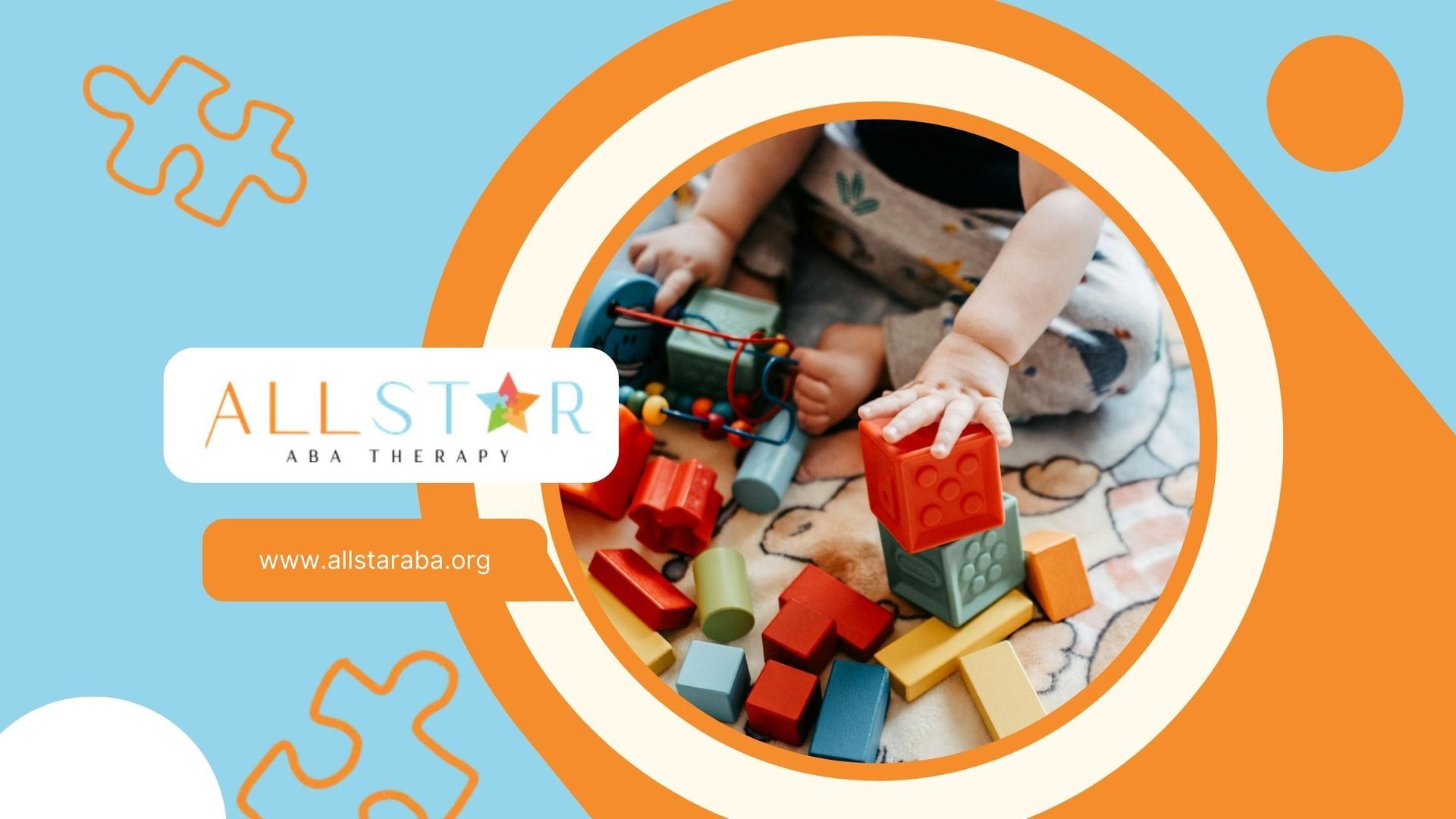New Paragraph
Autism Inheritance: If You Have Autism, Will Your Kids Have Autism?
The question of whether autism spectrum disorder is hereditary in the United States is a pressing concern for many families. This intricate neurodevelopmental disorder is often associated with genetic inheritance, but the reality is far more complex than simple genetic transmission. While having a family history of autism spectrum disorder can increase the likelihood of having an autistic child, it's not a foregone conclusion. This article seeks to shed light on this complex topic by examining the role of genetic and environmental risk factors and how they contribute to the development of autism spectrum disorder.
Understanding Autism and Genetic Inheritance
Autism spectrum disorder profoundly impacts social interaction, communication, and behavior. With a growing number of diagnoses worldwide, it's natural to wonder about the role of genetic inheritance. Currently, no single "autism gene" definitively determines if a child will develop autism. Instead, scientific understanding points towards multiple autism risk genes and gene mutations that may increase susceptibility. In essence, the inheritance pattern isn't as straightforward as inheriting a single gene from one parent, making the exploration of other influencing factors crucial for a comprehensive understanding.
The Role of Genetics in Autism
The genetics of autism are complex, with researchers estimating that hundreds of different genes might play a role. While a "single gene" inheritance isn't the case, certain genetic syndromes, such as Fragile X syndrome and Rett syndrome, have a strong association with autism spectrum disorder. In these syndromes, specific gene mutations directly cause the conditions, often leading to autism spectrum disorder as a co-occurring diagnosis. However, these syndromes represent only a small percentage of individuals diagnosed with autism. For the majority, the genetic component likely involves a combination of risk genes and genetic variations, each contributing a small amount to the overall likelihood. This complicated interplay of multiple genes makes pinpointing the exact genetic influence a significant challenge.
How Autism Traits Are Passed Down
Unlike some genetic conditions inherited through a single gene from one parent, autism spectrum disorder doesn't follow such a direct path. Instead, it involves a complex interplay of genetic mutations and inherited traits. A family history of autism spectrum disorder can significantly increase the chances of having a child with the condition, but it's not a certainty. This increased likelihood suggests that heritability plays a role, meaning individuals can inherit a predisposition to autism from their parents through genetic material, though the exact genes involved might vary between family members. Research indicates that both parents contribute to the genetic makeup of their child, and either parent can potentially pass on genetic factors associated with an increased risk of autism.
Analyzing the Risk Factors
While genetics form the foundation, various risk factors can influence the likelihood of developing autism. Understanding these factors, beyond just genetic predisposition, is crucial for a holistic perspective on the quality of life. By considering these risk factors, we can formulate a more nuanced understanding of how autism might develop and the steps that can be taken to support individuals and families.
Parental Age and Its Influence
Studies have shown an increased risk of having a child with autism spectrum disorder with increasing parental age, particularly paternal age, making it a significant topic in autism research. While the exact mechanisms are still being investigated, researchers believe that spontaneous mutations in sperm cells may play a role. As men age, the likelihood of these spontaneous mutations occurring in their sperm cells increases. This doesn't mean that every child born to older fathers will have autism, but it does suggest a slightly elevated statistical probability. Further research into the specific genetic changes associated with paternal age is ongoing and offers valuable insight into this risk factor.
Environmental Factors and Gene Interaction
Emerging evidence emphasizes the significant role of environmental factors in autism spectrum disorder and early brain development. While not causing autism directly, these environmental influences might interact with a person's genetic predisposition, potentially influencing the development and severity of autism. Prenatal development appears to be a particularly sensitive period, with exposure to certain toxins, infections, and even maternal stress potentially impacting a child's developing brain. For instance, research suggests that severe infections during pregnancy might be associated with a slightly increased risk of autism spectrum disorder in children. While more research is needed to understand the complex gene-environment interaction fully, recognizing the potential influence of environmental factors during pregnancy and early childhood is essential.
Research Insights on Autism Transmission
Research into autism spectrum disorder transmission incorporates diverse approaches, each contributing unique insights into this complex puzzle. From studying families and inheritance patterns to examining the potential influence of environmental factors during pregnancy, each research avenue provides valuable pieces to the overall understanding of autism. As research progresses, a clearer picture of the complex interplay between genetics and the environment will continue to emerge.
Studies on Families and Autism Patterns
Investigating autism patterns within families provides crucial insights into the heritability of the disorder. Family history, particularly the presence of autism spectrum disorder in siblings, significantly contributes to an individual's likelihood of developing the condition, offering a greater chance of diagnosis. Twin studies, a cornerstone of genetic research, have further solidified this link. Such studies indicate a higher concordance rate for autism in identical twins compared to fraternal twins, suggesting a substantial genetic component. Analyzing these patterns helps researchers estimate the heritability of autism, which currently stands at a significant percentage.
| Study Type | Description | Findings |
|---|---|---|
| Family Studies | Examining autism prevalence among family members | Increased risk if a sibling or parent has autism |
| Twin Studies | Comparing autism rates in identical vs. fraternal twins | Higher concordance in identical twins, supporting genetic influence |
Genetic Markers and Predictability
Advancements in genetic testing have led to the identification of specific genetic markers associated with autism. While no single "autism gene" exists, these markers provide clues about potential genetic vulnerabilities that can impact a child’s development. Testing for these markers might help identify individuals at a higher risk of developing autism, enabling early intervention strategies. However, it's essential to remember that the presence of these genetic markers doesn't guarantee an autism diagnosis, nor does their absence rule it out.
Conclusion
Understanding autism inheritance is an important step for parents considering their child’s developmental journey. While genetics can play a role, early support and intervention are key in helping children thrive. If you're searching for in home ABA therapy near me, finding the right provider can make all the difference in fostering progress and independence.
All Star ABA is dedicated to providing top-tier autism therapy in Maryland, helping families navigate the unique journey of autism with expert guidance and personalized care. Our compassionate team uses evidence-based ABA strategies to support skill development, communication, and independence. Whether you're exploring autism inheritance or seeking the best support for your child, we’re here to help. Take the first step toward a brighter future—connect with All Star ABA today!
Frequently Asked Questions
Can autism be inherited from one parent?
Autism is not typically inherited from one parent through a single gene. The genetic causes of autism are complex and likely involve a combination of inherited traits and de novo mutations. While some genes are linked to autism, having one of these genes does not guarantee an autism diagnosis.
What increases the chances of having a child with autism?
Several factors can increase the chances of having a child with autism, including a family history of autism, genetic factors, older parental age, and certain environmental influences. Additionally, having siblings of children with autism may also contribute to these increased risks. However, it's important to remember that autism is a complex disorder, and most children diagnosed with autism do not have a clear cause.
Sources:
Need Support?
We're Here to Help!
Our experienced team is ready to assist you. Reach out today to discuss how we can support your child's development and well-being.
Get started with expert ABA therapy today.
Related posts

All Star ABA delivers the gold standard of care, Applied Behavioral Analysis (ABA) therapy, for individuals diagnosed with ASD, from infancy to age 21.
Quick Links
All Rights Reserved | All Star ABA







